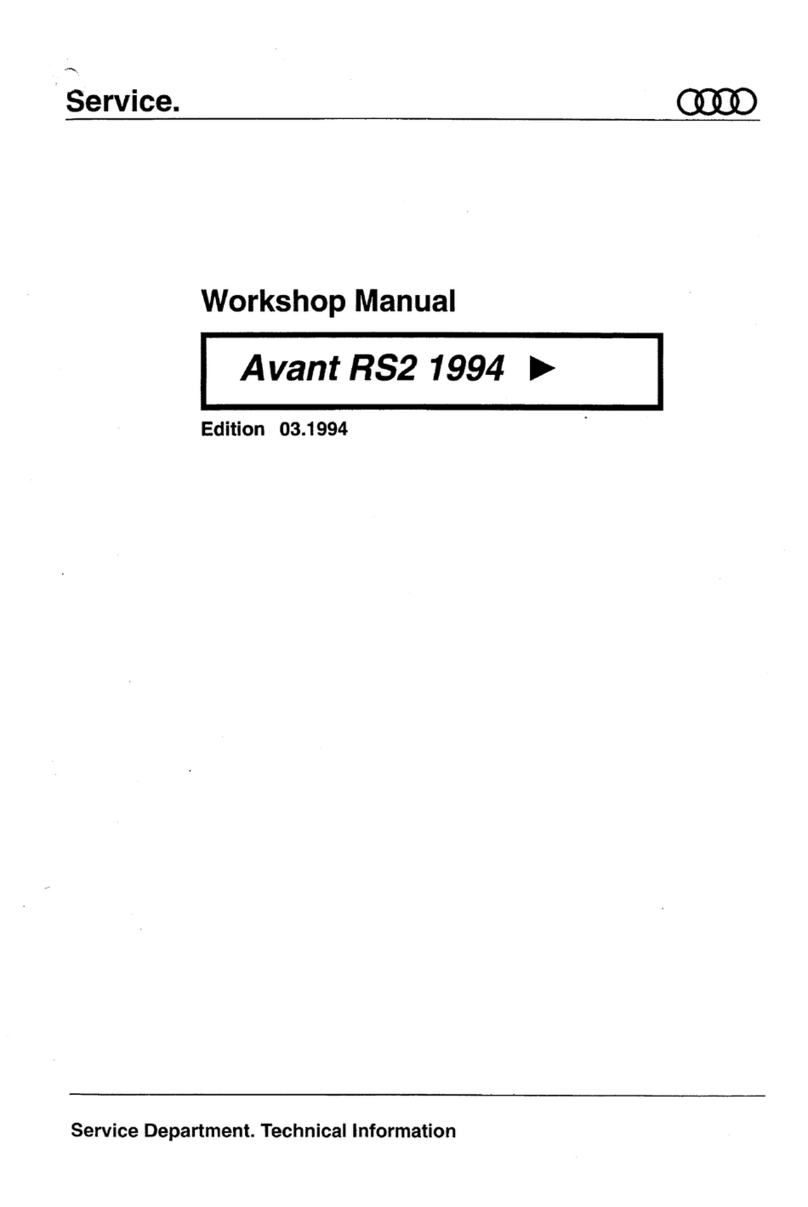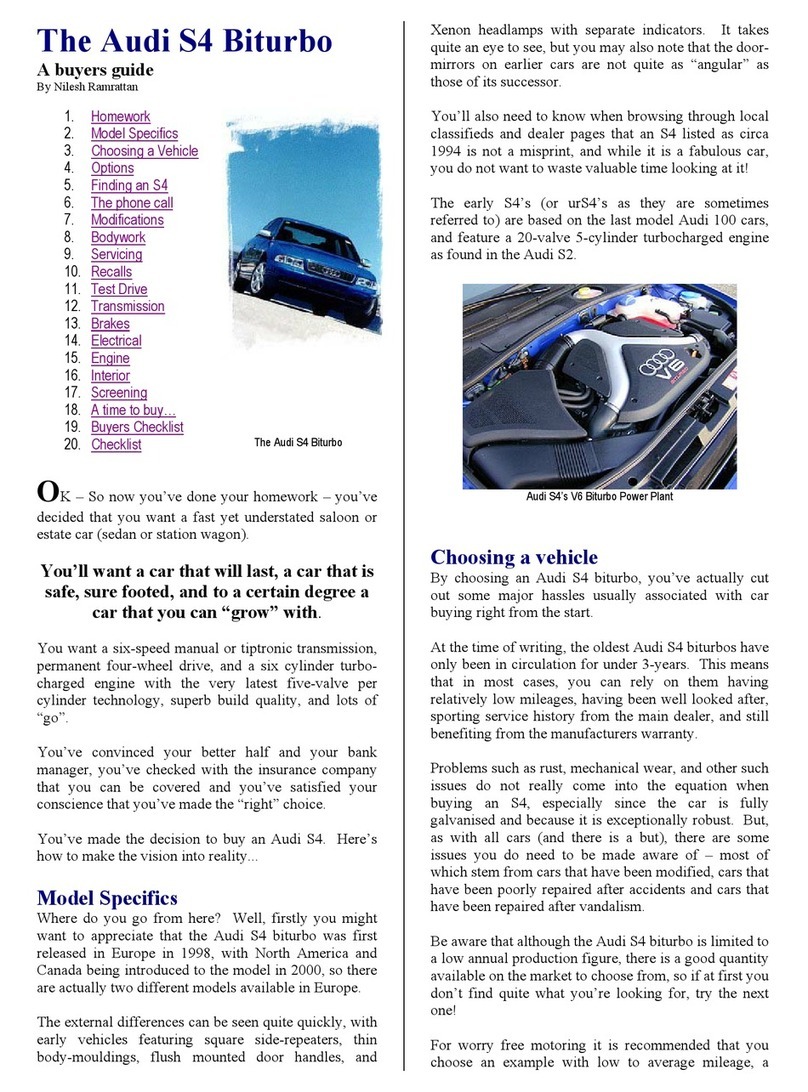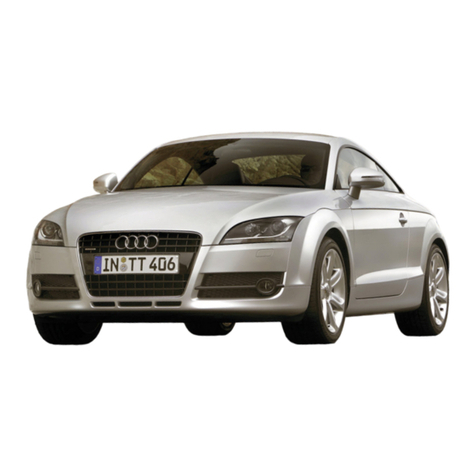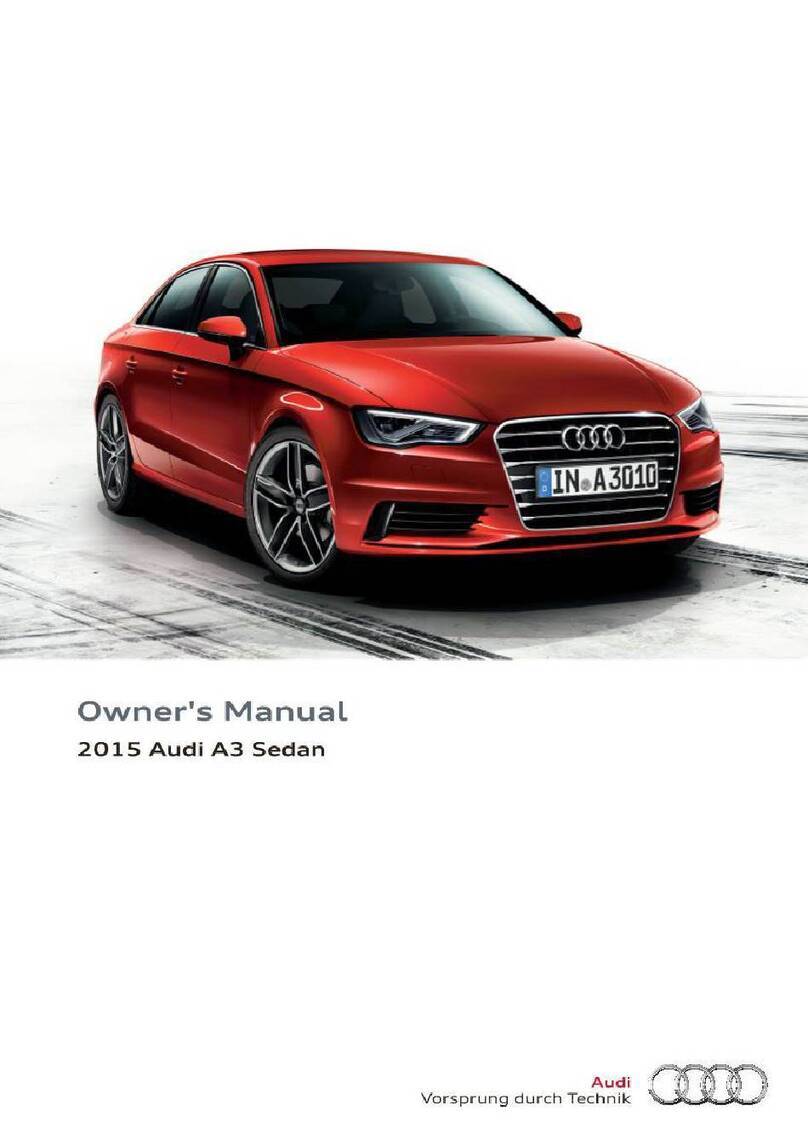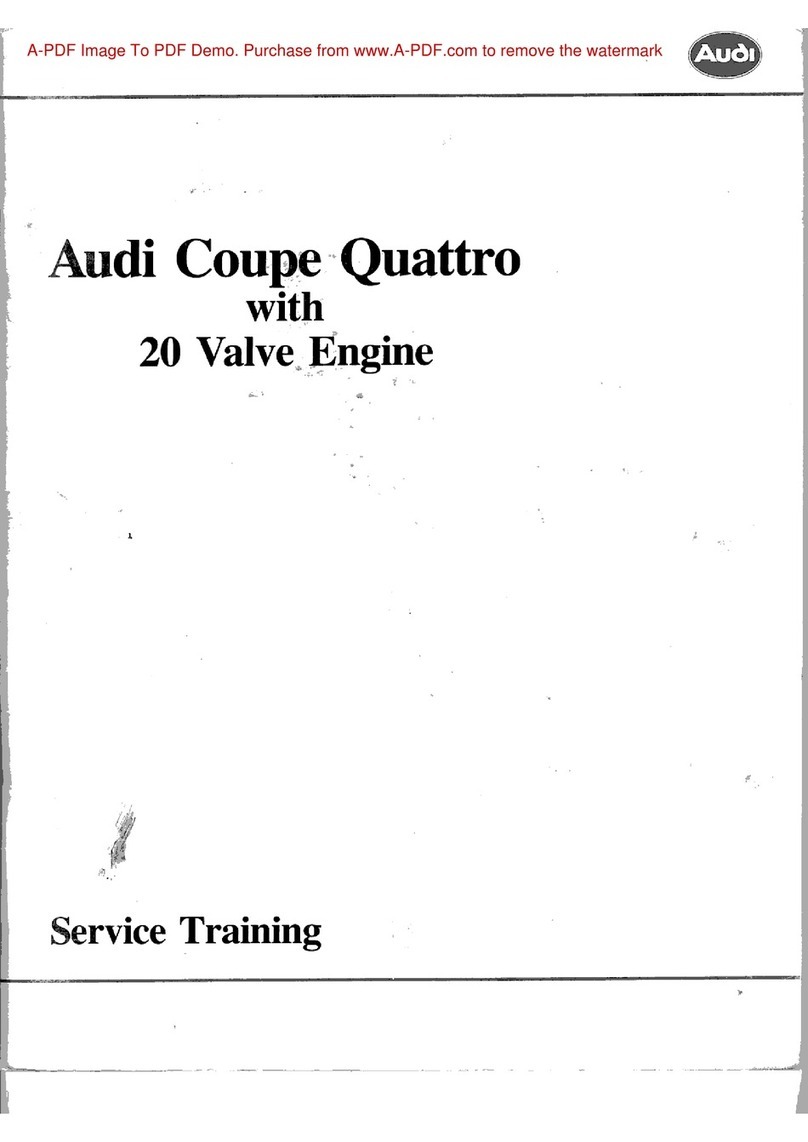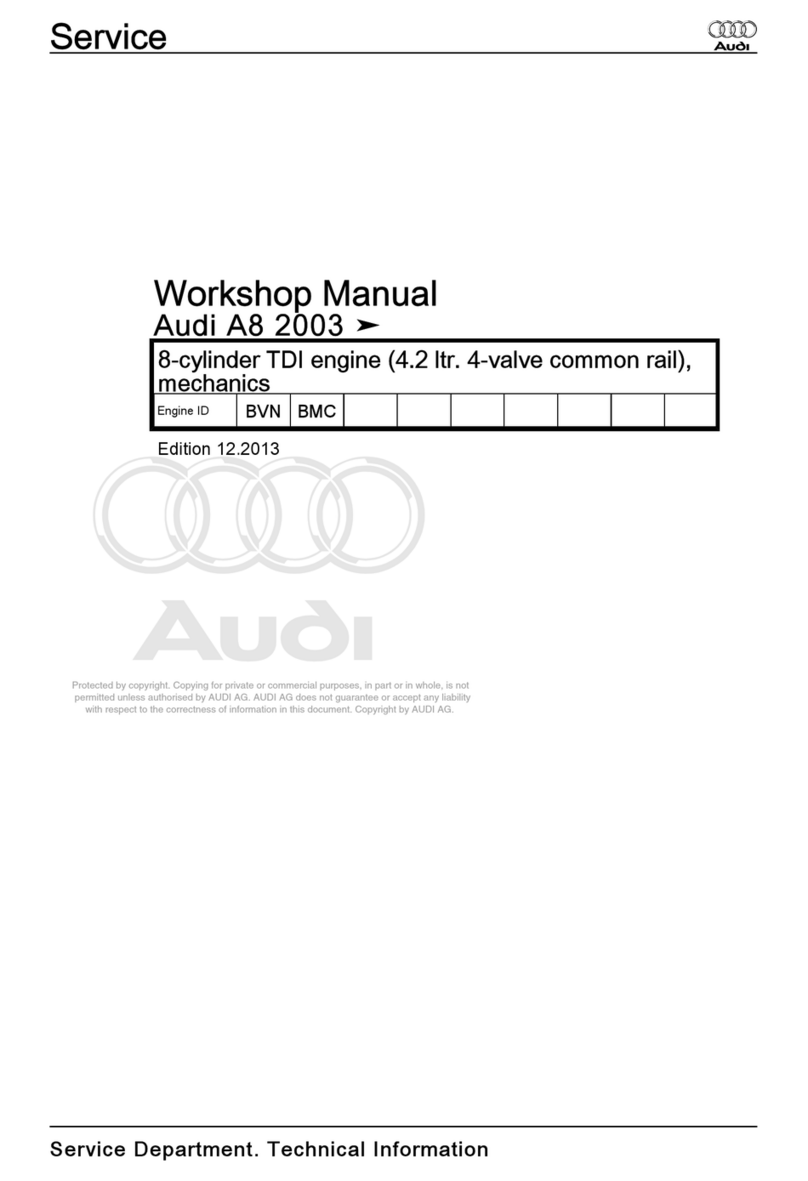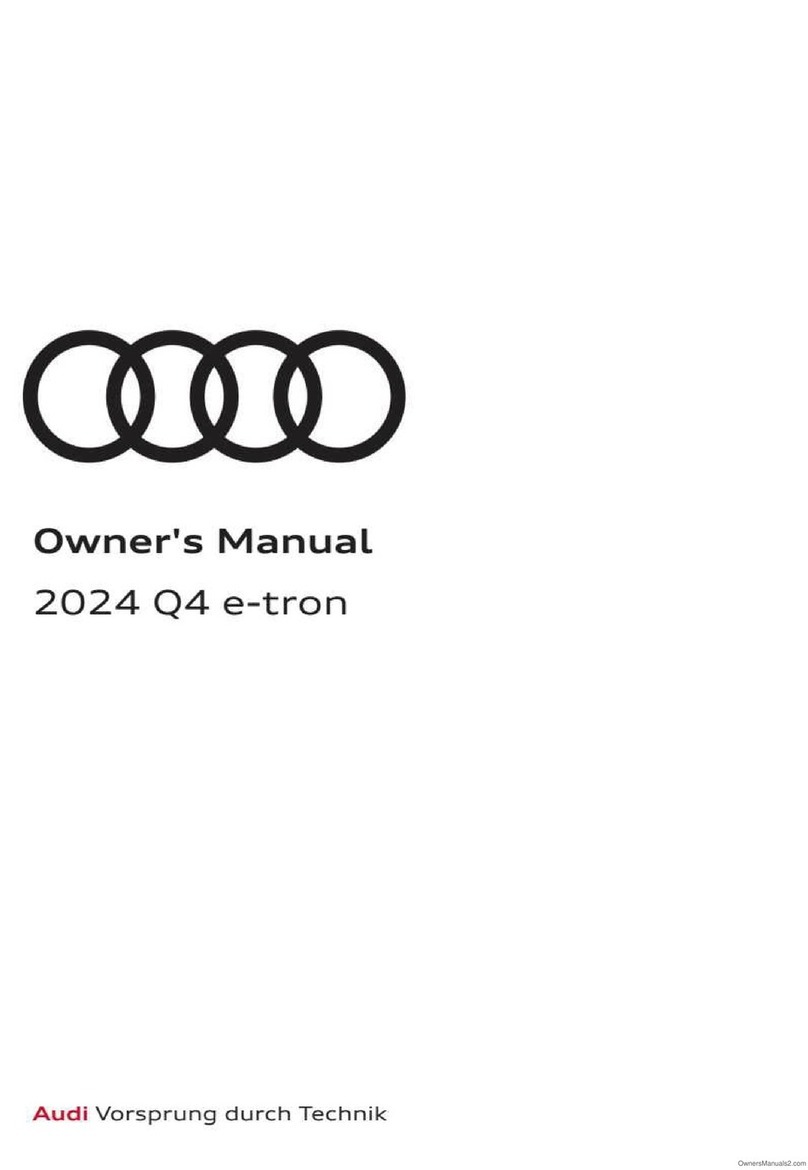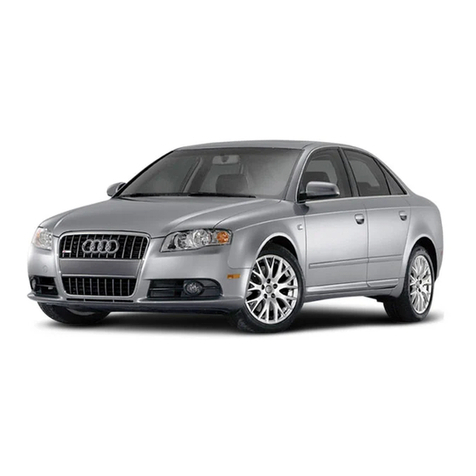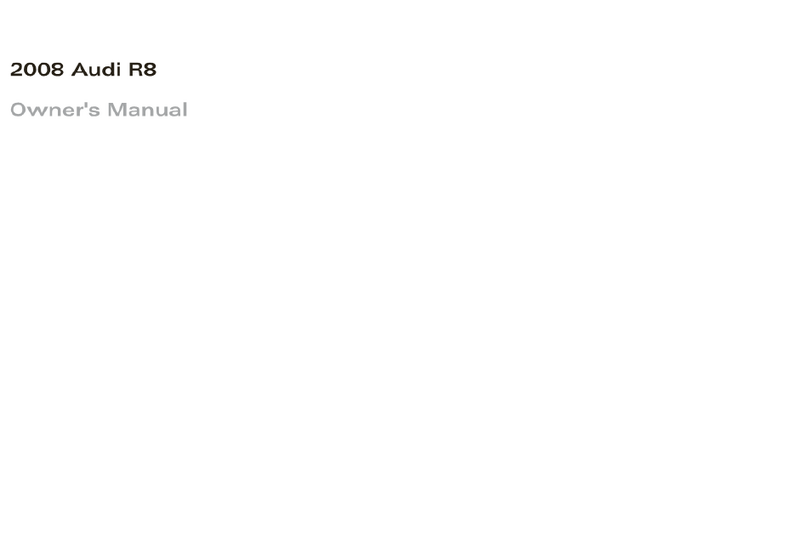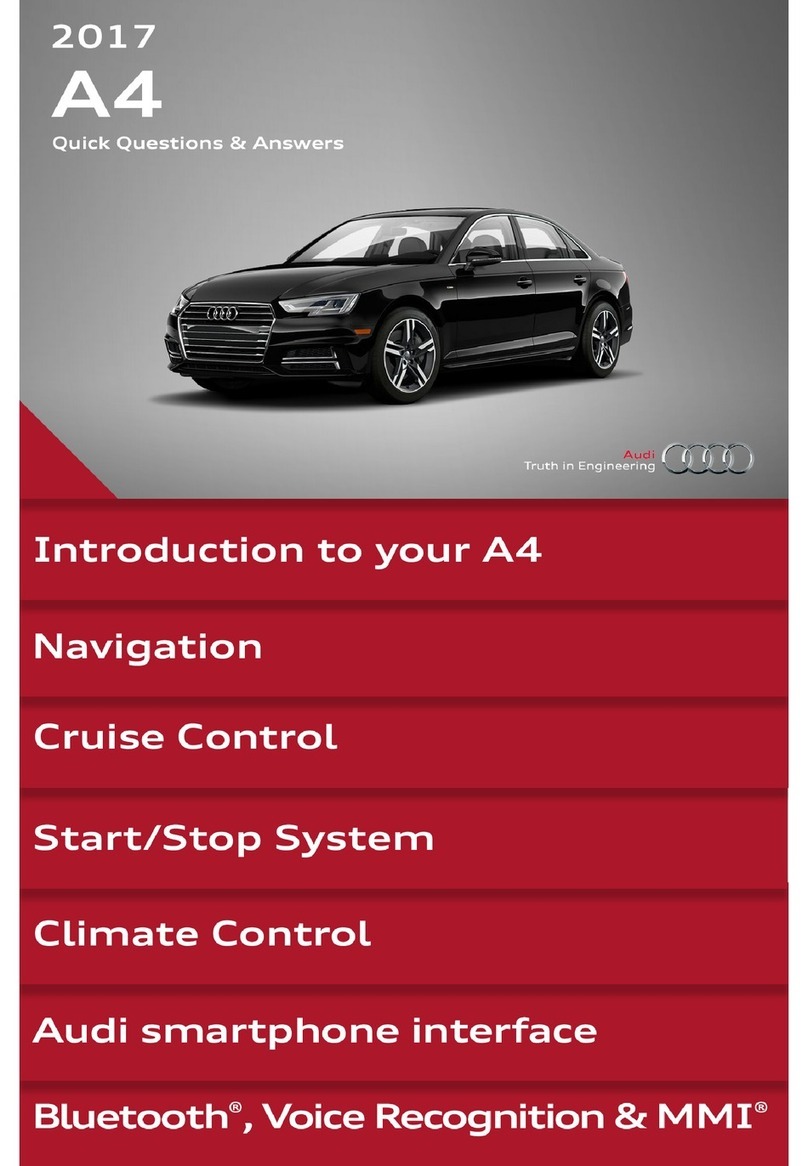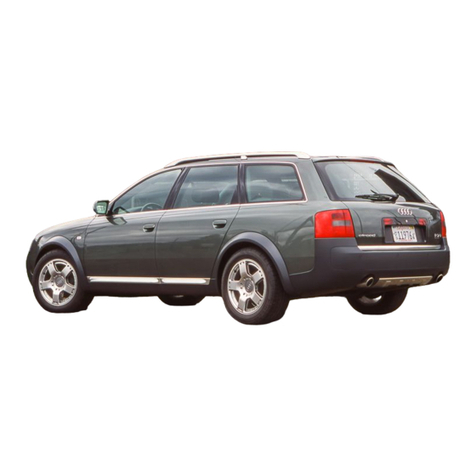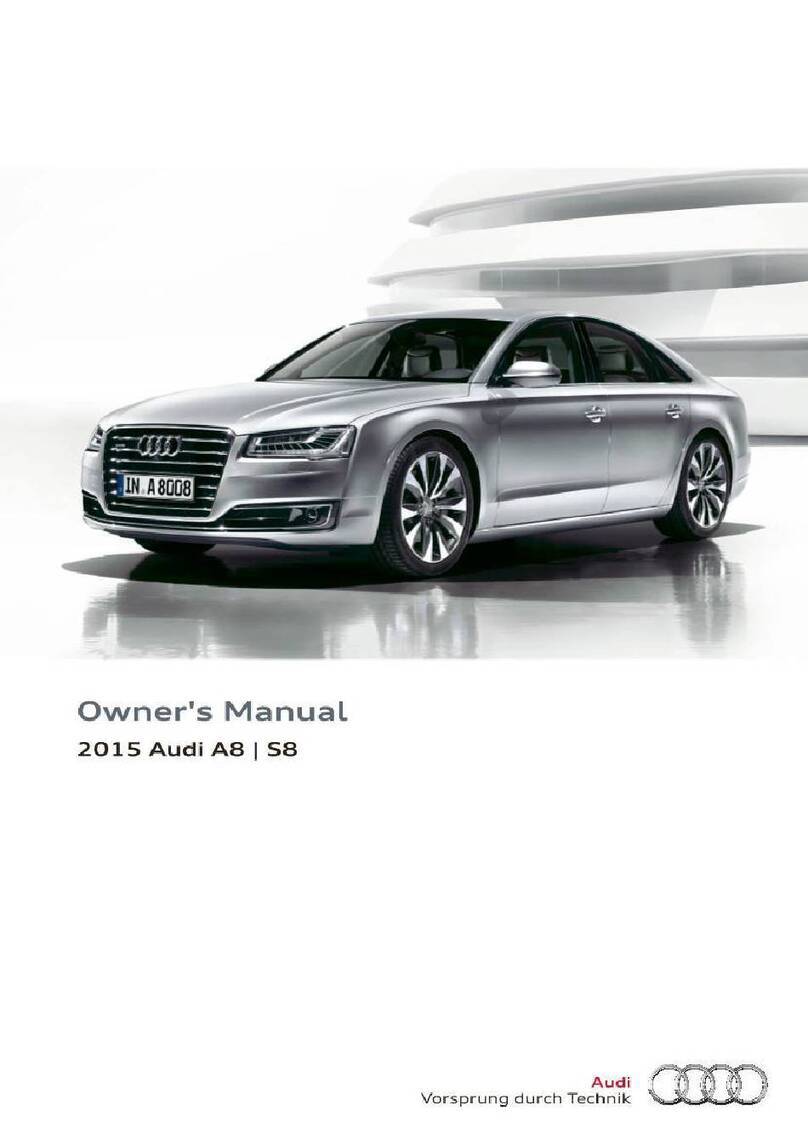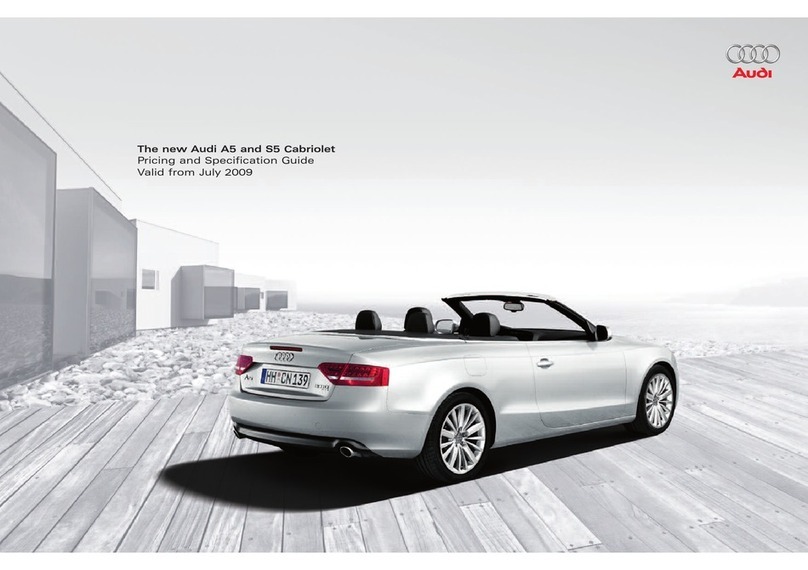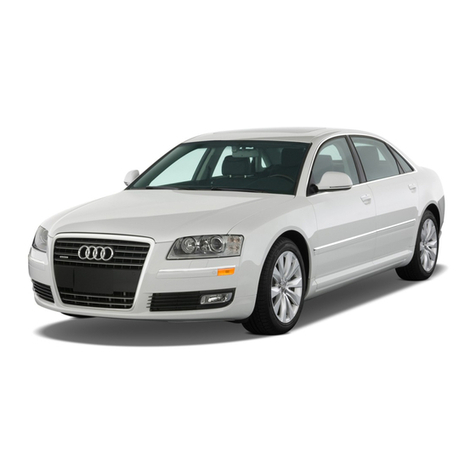Contents
44 - Wheels, Tires, Wheel Alignment . . . . . . . . . . . . . . . . . . . . . . . . . . . . . . . . . . . . . . 1
1 General Information . . . . . . . . . . . . . . . . . . . . . . . . . . . . . . . . . . . . . . . . . . . . . . . . . . . . . . 1
1.1 Wheels and Tires . . . . . . . . . . . . . . . . . . . . . . . . . . . . . . . . . . . . . . . . . . . . . . . . . . . . . . . . 1
1.2 Documents and Designations . . . . . . . . . . . . . . . . . . . . . . . . . . . . . . . . . . . . . . . . . . . . . . 3
1.3 Legal and Technical Requirements for Retrofitting Wheel and Tire Combinations . . . . . . 5
1.4 Run-Flat Tire Safety Precautions . . . . . . . . . . . . . . . . . . . . . . . . . . . . . . . . . . . . . . . . . . . . 6
1.5 Run-Flat Tire Installation Instructions . . . . . . . . . . . . . . . . . . . . . . . . . . . . . . . . . . . . . . . . . . 7
1.6 Rolling Resistance Tires . . . . . . . . . . . . . . . . . . . . . . . . . . . . . . . . . . . . . . . . . . . . . . . . . . . . 8
1.7 Additional Wheel Housing Enlargement, FLAPS . . . . . . . . . . . . . . . . . . . . . . . . . . . . . . . . 8
1.8 Wheel Rims with Glued-On Wheel Trim . . . . . . . . . . . . . . . . . . . . . . . . . . . . . . . . . . . . . . . . 9
1.9 Multipart Composite Wheels . . . . . . . . . . . . . . . . . . . . . . . . . . . . . . . . . . . . . . . . . . . . . . . . 9
1.10 Wheel Bolts . . . . . . . . . . . . . . . . . . . . . . . . . . . . . . . . . . . . . . . . . . . . . . . . . . . . . . . . . . . . 9
1.11 Wheel Rims, Preparing . . . . . . . . . . . . . . . . . . . . . . . . . . . . . . . . . . . . . . . . . . . . . . . . . . . . 11
1.12 Tire Requirement and Maintenance . . . . . . . . . . . . . . . . . . . . . . . . . . . . . . . . . . . . . . . . . . 12
1.13 Tire Wear and Service Life . . . . . . . . . . . . . . . . . . . . . . . . . . . . . . . . . . . . . . . . . . . . . . . . . . 26
1.14 Tires, Rolling Noises . . . . . . . . . . . . . . . . . . . . . . . . . . . . . . . . . . . . . . . . . . . . . . . . . . . . . . 30
1.15 Wheels and Tires, Vibration . . . . . . . . . . . . . . . . . . . . . . . . . . . . . . . . . . . . . . . . . . . . . . . . 33
1.16 Balancing . . . . . . . . . . . . . . . . . . . . . . . . . . . . . . . . . . . . . . . . . . . . . . . . . . . . . . . . . . . . . . 34
1.17 Vehicle Pulls to One Side . . . . . . . . . . . . . . . . . . . . . . . . . . . . . . . . . . . . . . . . . . . . . . . . . . 42
1.18 Tire Damage . . . . . . . . . . . . . . . . . . . . . . . . . . . . . . . . . . . . . . . . . . . . . . . . . . . . . . . . . . . . 44
1.19 Wheel Repair Kit . . . . . . . . . . . . . . . . . . . . . . . . . . . . . . . . . . . . . . . . . . . . . . . . . . . . . . . . 52
1.20 Tire Pressure Monitoring System . . . . . . . . . . . . . . . . . . . . . . . . . . . . . . . . . . . . . . . . . . . . 52
1.21 Emergency Wheels . . . . . . . . . . . . . . . . . . . . . . . . . . . . . . . . . . . . . . . . . . . . . . . . . . . . . . 54
1.22 Tires with Emergency Running Characteristics, PAX . . . . . . . . . . . . . . . . . . . . . . . . . . . . 54
1.23 Tires with Emergency Running Characteristics, SST (Self-Supporting Tire) . . . . . . . . . . . . 61
2 Description and Operation . . . . . . . . . . . . . . . . . . . . . . . . . . . . . . . . . . . . . . . . . . . . . . . . . . 65
2.1 Disc Wheel Design Overview, Wheel Rims . . . . . . . . . . . . . . . . . . . . . . . . . . . . . . . . . . . . 65
2.2 Light Alloy Wheels Component Overview . . . . . . . . . . . . . . . . . . . . . . . . . . . . . . . . . . . . . . 67
2.3 Tires with Emergency Running Characteristics (PAX) Component Overview . . . . . . . . . . 69
2.4 Tire Side Wall Lettering Overview . . . . . . . . . . . . . . . . . . . . . . . . . . . . . . . . . . . . . . . . . . . . 70
2.5 Tire Pressure Monitoring System Assembly Overview . . . . . . . . . . . . . . . . . . . . . . . . . . . . 73
3 Specifications . . . . . . . . . . . . . . . . . . . . . . . . . . . . . . . . . . . . . . . . . . . . . . . . . . . . . . . . . . . . 75
3.1 Fastener Tightening Specifications . . . . . . . . . . . . . . . . . . . . . . . . . . . . . . . . . . . . . . . . . . 75
3.2 Wheel Bolt Tightening Specifications . . . . . . . . . . . . . . . . . . . . . . . . . . . . . . . . . . . . . . . . . . 75
4 Diagnosis and Testing . . . . . . . . . . . . . . . . . . . . . . . . . . . . . . . . . . . . . . . . . . . . . . . . . . . . 77
4.1 Vehicle Pulls to One Side, Correcting . . . . . . . . . . . . . . . . . . . . . . . . . . . . . . . . . . . . . . . . 77
4.2 Wheel Rotation, Non-Directional Tires . . . . . . . . . . . . . . . . . . . . . . . . . . . . . . . . . . . . . . . . 78
4.3 Wheel Rotation, Directional Tires . . . . . . . . . . . . . . . . . . . . . . . . . . . . . . . . . . . . . . . . . . . . 79
4.4 Wheels and Tires, Radial and Lateral Run-Out, Checking with VAG 1435 . . . . . . . . . . . . 80
4.5 Wheels and Tires, Radial and Lateral Run Out, Checking with Tire Dial Gauge . . . . . . . . 80
4.6 Rim Radial and Lateral Run Out, Checking . . . . . . . . . . . . . . . . . . . . . . . . . . . . . . . . . . . . 81
5 Removal and Installation . . . . . . . . . . . . . . . . . . . . . . . . . . . . . . . . . . . . . . . . . . . . . . . . . . 83
5.1 Wheel, Changing and Mounting . . . . . . . . . . . . . . . . . . . . . . . . . . . . . . . . . . . . . . . . . . . . . . 83
5.2 Metal Valve Body . . . . . . . . . . . . . . . . . . . . . . . . . . . . . . . . . . . . . . . . . . . . . . . . . . . . . . . . 87
5.3 Wheel Electronics, TPMS, Beru System . . . . . . . . . . . . . . . . . . . . . . . . . . . . . . . . . . . . . . 92
5.4 Wheel Electronics, TPMS, Siemens System . . . . . . . . . . . . . . . . . . . . . . . . . . . . . . . . . . . . 92
5.5 Wheel Rims with Replaceable Decorative Trim, Attached with Bolts . . . . . . . . . . . . . . . . . . 93
5.6 Wheel Rims with Replaceable Decorative Trim, Glued . . . . . . . . . . . . . . . . . . . . . . . . . . . . 93
5.7 Tires, Changing . . . . . . . . . . . . . . . . . . . . . . . . . . . . . . . . . . . . . . . . . . . . . . . . . . . . . . . . . . 96
5.8 Tires, with Run-Flat Tires . . . . . . . . . . . . . . . . . . . . . . . . . . . . . . . . . . . . . . . . . . . . . . . . . . 98
5.9 Tires, Sealed with Sealant . . . . . . . . . . . . . . . . . . . . . . . . . . . . . . . . . . . . . . . . . . . . . . . . . . 102
6 Special Tools . . . . . . . . . . . . . . . . . . . . . . . . . . . . . . . . . . . . . . . . . . . . . . . . . . . . . . . . . . . . 104
Audi 100 1991 ➤ , Audi 80 1992 ➤ , Audi A1 2011 ➤ , Audi A2 2001 ➤ , A ...
Wheel and Tire Guide - Edition 11.2010
Contents i

